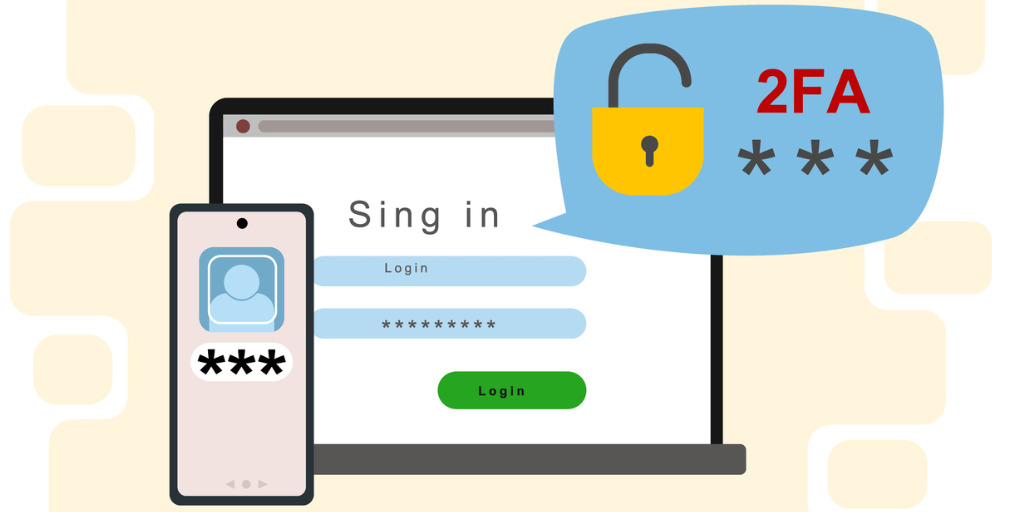What is an Endpoint Security Console?
As a strategic imperative, security is near the top of every CTO’s priority list. However, each new product and technology that comes to market is accompanied by new jargon and terminology – some of which are more important than others. The concept of an Endpoint Security Console is one concept that is worth understanding – […]
What is an Endpoint Security Console? Read More »





